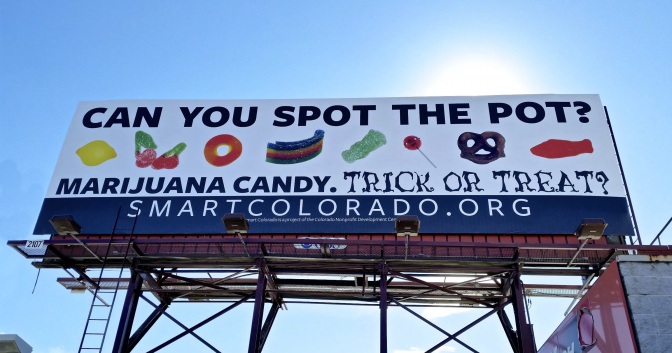New Edibles Standards Go Into Effect in Colorado

Colorado’s biggest problem when it legalized marijuana was edibles. Reports of people eating doses they couldn’t handle made the news, and New York Times columnist Maureen Dowd added fuel to the fire when she wrote about her frightening experience under the influence of a pot-infused chocolate bar.
“I was panting and paranoid,” Dowd reported in 2014. “I strained to remember where I was… As my paranoia deepened, I became convinced that I had died…. I reckoned that the fact I was not a regular marijuana-smoker made me more vulnerable. It turns out, five months in, that some kinks need to be ironed out.”
In September, Andrew Freedman, Colorado’s former marijuana czar, stated: «We ran into a problem at the beginning with the over-consuming of edibles or packaging.» The month before, in a speech at the National Cannabis Summit in Denver in August, Freedman cited edibles regulations as something he would approach differently if he had the chance to do it again.
As of Oct. 1, Colorado edibles manufacturers may no longer make products shaped like humans, animals or fruit. Geometric shapes, such as weed leaves and fruit flavors, however, are still permitted. The legislation, which was passed in 2016, follows other regulatory mandates such as child-resistant packaging and a 10-mg THC limit per serving.
Many Colorado manufacturers are already compliant, including Wana Brands, whose cannabis-infused gummies come in nondescript shapes, in part to take «every precaution to ensure our products are not enticing to children,» co-owner Nancy Whiteman tells Freedom Leaf. Wana’s product line is now also available in Oregon and Nevada.
«We can safely claim that between child-resistance, stamping, prohibited advertising of cartoon characters, opaque packaging and warning statements, Colorado infused-products manufacturers are doing more than any other industry to make edibles less enticing to kids,” she explains.
Such regulations apparently prevent children from accidentally consuming edibles. In a 2016 Washington State study, researchers determined animal shapes and «familiar symbols» such as stars are more attractive to children.
Another 2016 study, published by JAMA Pediatrics, found that the number of children who went to the emergency room in Colorado after accidentally consuming cannabis had increased. But last January, state public-health officials said marijuana-related poison-center calls and emergency-room visits were on the decline.
If you enjoyed this Freedom Leaf article, subscribe to the magazine today!

